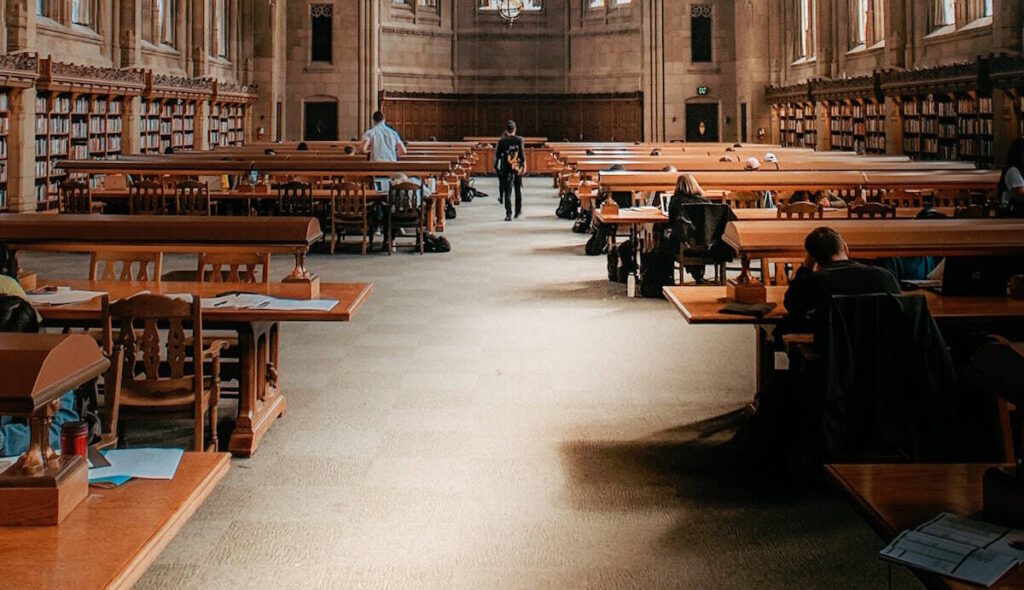Earlier this week, tragedy struck at the University of Virginia. A shooting of three UVA football players occurred on a school bus as they returned from a field trip. The accused is Christopher Darnell Jones Jr., a classmate and former player of the Virginia Cavaliers.
The state is unfortunately all too familiar with such tribulations, with this recent event bringing back trauma suffered at Virginia Tech just 2-hours away. In 2007 a student went on a shooting rampage that resulted in the death of 27 students and five faculty members. The shooter (Seung-Hui Cho) had a long history of mental health problems including depression and severe social anxiety disorder.
Does Christopher Darnell Jones Jr. also have a history of mental health problems? If so, did it contribute to his alleged actions on Sunday, November 13, 2022? While there has been no confirmation as to the mental state of Jones, student witnesses on site report odd behavior:
“‘Chris got up and pushed Lavel,’ Lynch said. ‘After he pushed him, he was like ‘You guys are always messing with me.’ Said something weird like that, but it was very bizarre because they didn’t talk to him the whole trip.”
CBS News
The victims’ families, friends, classmates, faculty, and the public are all searching for answers. None of that will be provided here today. Instead, all we can do is return to an ongoing conversation about whether or not college and university students have enough access to mental health services.
For instance, in a state where an estimated 43% of adults report having symptoms of anxiety and depression and nearly 16% of those aged 12-17 having experienced a Major Depressive Episode (MDE), access to mental health programs has been a persistent problem. The National Alliance on Mental Illness (NAMI) for Virginia reports that 22% of all residents live in a community that does not have adequate access to mental health professionals. Furthermore, among the nearly 382,000 adults in Virginia who went without needed mental health care, almost 47% went without help due to cost. When you consider that many students are living on a tight budget and that an unfortunate stigma (in being open about mental health) persists for student athletes, it’s hard to deny the existence of a systemic lack of mental health support.
Keep in mind that we’re referencing Virginia due to recent events. The reality, is that similar data is found across nearly all U.S. states. At this point, who would argue against greater investment in mental health support at the collegiate level?
Why Greater Mental Health Support is Needed to Protect and Foster Wellness of College and University Students in the USA
Help Mitigate the Risk of Events
We’re certainly not here to state that if a given student had better access to mental health support, that past on-campus shootings would not have occurred. Sometimes there is no sense to be made of any of it. That said, it’s important to recognize the science. The Columbia University Department of Psychiatry reports that an estimated 25% of mass shootings are associated with non-psychotic psychiatric or neurological illnesses, including depression. Depression, along with anxiety and stress are among the common mental health issues in college students. These disorders are exhibited in student athletes and academics alike.
There is certainly a lot more to be done in the way of research before definitive conclusions can be drawn. However, facilitating greater access to mental health support can only help mitigate the potential occurrence of a wide variety of episodes and events linked to behavioral disorders.
“Mental health screenings are imperative in helping counselors and educators to identify at-risk students and ensure that they are referred for appropriate treatment so that they do not externalize their negative emotions in brutal or sadistic acts.”
Assistant Professor of Counselor Education, Kean University, via American Counseling Association
Provide Immediate Support for When Traumatic Events Occur
Should a traumatic event occur – be it inflicted on an individual student or group – educational institutions must have a comprehensive program in place that provides immediate access to mental health support services. There is not a minute to spare when it comes to this.
Institutions who scramble to provide this support after the occurrence of an event will have already failed their student/s. On-site/on-campus counselors are a start, but does this meet the needs at all hours of the day and night, seven days a week? Can the existing system provide immediate and effective counseling for dozens or potentially hundreds of students at the same time? If the answer is no, or steeped in uncertainty, the call to action is clear.
Provide Ongoing Support for Common Mental Health Concerns Experienced by Students
Despite recent tragedies, on-campus events like the ones that have occurred at UVA and VT are rare. But as alluded to above, our country’s university students live with mental health concerns every day. These issues impact their social, academic, and athletic performance . Further, they reverberate later in life and may manifest as incidents in their future households and professions. In the same manner that universities have a goal in providing students with the knowledge and skills to enjoy successful careers, they must also help provide them with the tools needed to attain better mental health.
In addition, it’s critical to acknowledge that some students are not comfortable visiting an in-person/on-campus counselor. As a result, investment in greater health support requires proffering access to confidential counseling and therapy in a comfortable, safe, and effective virtual environment. Seeking mental health support should be on their (students) own terms, not anyone else’s. It’s the administrators duty to provide exactly that.
~
Contact Kindbridge Behavioral Health to learn more about our online mental health programs. Email ([email protected]) or call +1 (877) 426-4258 without further delay.

